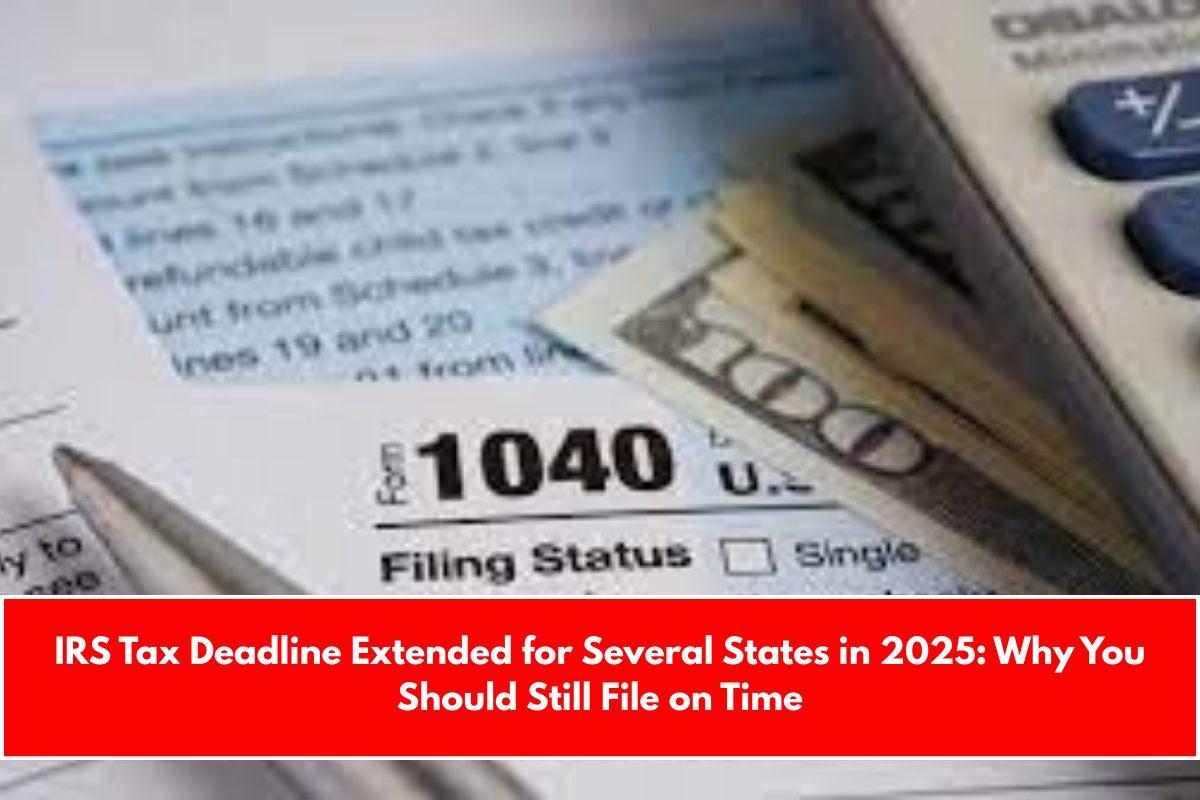Every year, the Social Security Administration (SSA) makes adjustments to keep the program aligned with changes in wages and prices. These changes are necessary to maintain the stability of the system for future generations of retirees.
In 2025, the SSA has announced that the taxable maximum will be raised, impacting people with higher incomes.
This article explains what the taxable maximum is, how it affects taxpayers, and other changes to Social Security, including a Cost-of-Living Adjustment (COLA) for Social Security recipients.
What is the Social Security Taxable Maximum?
The “taxable maximum” refers to the highest amount of income that is subject to Social Security taxes.
In 2024, this amount is set at $168,600. Starting January 1, 2025, this limit will rise to $176,100. If your income exceeds this amount, you will no longer have to pay Social Security taxes on the extra income above the limit.
Why Does the Taxable Maximum Change?
The SSA reviews this amount each year and adjusts it based on changes in the national average wage. This helps keep the Social Security system financially stable by ensuring that contributions are fair as wages grow.
The change in the taxable maximum helps ensure that high earners contribute more to Social Security, which is crucial for supporting the increasing number of beneficiaries.
How Does the New Income Limit Affect Taxpayers?
If you earn more than $176,100 in 2025, you will have to pay more in Social Security taxes compared to previous years. However, the tax rate will remain the same; the difference is that more of your income will be taxed because the taxable maximum has increased.
What About Medicare Taxes?
It’s important to note that the increase in the taxable maximum only applies to Social Security taxes. Medicare taxes will still be charged on all income, with no upper limit.
Social Security’s Cost-of-Living Adjustment (COLA) for 2025
In addition to the changes to the taxable maximum, Social Security recipients will also see an increase in their benefits. The SSA has announced a 2.5% Cost-of-Living Adjustment (COLA) for 2025.
This COLA increase helps Social Security recipients keep up with inflation and rising costs. People who receive Social Security benefits will see their monthly payments rise starting in January 2025.
Example of Social Security Benefits Based on Retirement Age
The amount you receive from Social Security depends on when you decide to retire. Here’s an example of how much you can expect to receive based on your age:
- Full Retirement Age (66 or 67): If you reach full retirement age in 2024, the maximum monthly benefit is $3,822.
- Early Retirement at Age 62: If you choose to retire early, your monthly benefit will be reduced to $2,710.
- Delayed Retirement at Age 70: If you wait until age 70 to retire, your monthly benefit will increase to $4,873.
Each year you delay your retirement beyond your full retirement age will increase your monthly benefit, so waiting to retire could be beneficial if you’re financially able to do so.
Impact of the Taxable Maximum on Retirement Funds
Raising the taxable maximum helps ensure that the Social Security system remains financially stable by encouraging higher earners to contribute more.
This gradual increase allows the program to keep up with inflation and support more beneficiaries.
Although the increase may affect higher earners, it won’t raise taxes for most people. This change ensures that the contributions from all workers remain aligned with the rising costs of benefits for future retirees.
What is the taxable maximum for Social Security in 2025?
The taxable maximum for 2025 will be $176,100. This means that income over this amount will not be taxed for Social Security.
Will I pay more Social Security taxes in 2025?
If you earn more than $176,100, you will pay more into Social Security taxes because the taxable maximum has increased.
Do these changes affect Medicare taxes?
No, Medicare taxes are still applied to all income, with no cap, even with the increase in the taxable maximum for Social Security.
What is the COLA for Social Security in 2025?
Social Security recipients will see a 2.5% increase in their monthly benefits starting in January 2025.
How does the increase in taxable maximum affect my retirement?
The increase helps maintain the financial health of the Social Security system and ensures that higher earners contribute fairly to support future beneficiaries.
















